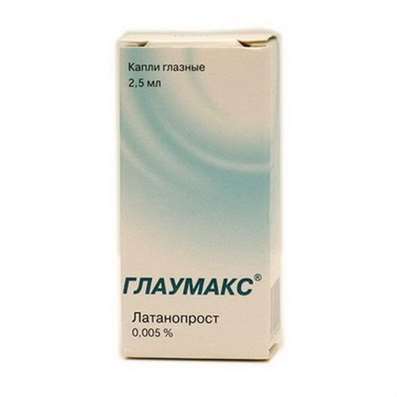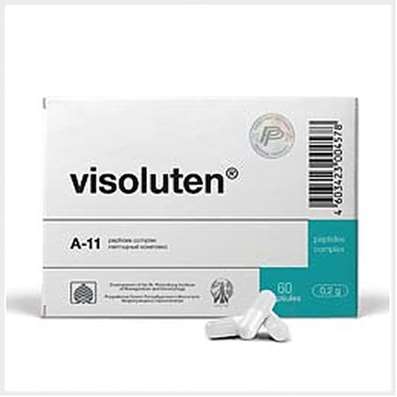Instruction for use: Tetrazepam
I want this, give me price
The Latin name of the substance Tetrazepam
Tetrazepamum (genus. Tetrazepami)
Chemical name
7-Chloro-5- (1-cyclohexen-1-yl) -1,3-dihydro-1-methyl-2H-1,4-benzodiazepin-2-one
Gross formula
C16H17ClN2O
Pharmacological groups:
Means that affect neuromuscular transmission
Anxiolytics
The nosological classification (ICD-10)
G24.3 Spasmodic torticollis: Spasmodic torticollis
G54.1 Lesions of the lumbosacral plexus: Lumbosacral radiculitis; Neuralgia of radicular origin; Pathology of the spine; Radiculitis of the lumbosacral; Radiculoneuritis
M15-M19 Osteoarthritis
M45 Ankylosing spondylitis: Ankylosing spondylarthrosis; Marie-Strumpel disease; Ankylosing spondylitis; Ankylosing spondylitis; Pain syndrome in acute inflammatory diseases of the musculoskeletal system; Pain syndrome in chronic inflammatory diseases of the musculoskeletal system; Bechterew's disease; Ankylosing spondylitis; Diseases of the spinal column; Rheumatic spondylitis; Bechterew-Marie-Strumpel disease
M54.3 Sciatica: Ischialgia; Neuralgia of the sciatic nerve; Sciatic neuritis
M54.5 Pain in the lower back: Pain in the lower back; Pain in the lower back; Lumbar pain; Lumbalia; Painful conditions of the spinal column; Back pain; Lower Back Pain Syndrome
M60 Myositis: Myositis; Fibrositis; Fibromyositis; Inflammatory disease of soft tissues
M62.4 Contracture of muscle: Neurological contractures with spasms; Muscular contracture
M65 Synovitis and tendosynovitis: Acute tenosynovitis; Tendovaginitis (tenovaginitis); Tendosinovit (tenosynovitis); Tendovaginitis; Osteoarthritis in musculo-articular diseases; Inflammatory disease of soft tissues; Nonspecific tenosynovitis; Tenosynovit; Tendosinovit
M77.0 Medial epicondylitis: Epicondylitis medial; Epicondylitis; Epicondylitis traumatic medial
M77.1 Lateral epicondylitis: Epicondylitis lateral; Epicondylitis; Epicondylitis traumatic lateral
R25.2 Cramp and spasm: Muscle spasms in tetanus; Pain syndrome with smooth muscle spasms; Pain syndrome with smooth muscle spasms (renal and biliary colic, intestinal spasm, dysmenorrhea); Pain syndrome with spasms of smooth muscles of internal organs; Pain syndrome with spasms of smooth muscles of internal organs (renal and biliary colic, intestinal spasm, dysmenorrhea); Painful muscular spasm; Mimic spasms; Muscular spasticity; Muscle spasms; Muscular spasms of central origin; Muscular spasticity; Muscle spasm; Neurological contractures with spasms; Night cramps in the extremities; Nocturnal cramps in the legs; Night cramps calf muscles; Symptomatic convulsive state; Vesta Syndrome; Spasm of smooth muscles; Spasm of smooth vascular musculature; Spasm of muscles; Spasm of striated muscle due to organic diseases of the central nervous system; Skeletal muscle spasms; Spasms of smooth muscles of internal organs; Skeletal Muscle Cramps; Spastic states of striated musculature; Spasmodic pain syndrome; The spastic condition of smooth muscles; Spasticity of skeletal musculature; Muscle cramp; Convulsions; Cramps of the calf muscles; Convulsions of central origin; Convulsive condition; Convulsive Syndrome; Convulsive status in children; Tonic convulsions; Cerebral spasmodic syndrome; clasp knife phenomenon
CAS Code
10379-14-3
Pharmacology
Pharmacological action - miorelaxing, central.
It stimulates benzodiazepine receptors, increases the sensitivity of GABA receptors to the mediator and enhances the inhibitory effect of GABA in the central nervous system. Reduces the excitability of the subcortical structures of the brain (anticonvulsant action), inhibits polysynaptic spinal reflexes. Reduces emotional tension, alleviates anxiety, fear, anxiety (anxiolytic and sedative action).
Passes through tissue barriers, including GEB. T1 / 2 - 14-16 hours.
Application of substance Tetrazepam
Muscular contracture, neurological contractures with spasms, torticollis, myositis, accompanied by severe pain syndrome, pain in the back and lower back, pain syndrome in the pathology of tendons (epicondylitis, tendovaginitis) and joints, for kinesiotherapy.
Contraindications
Hypersensitivity, respiratory failure, myasthenia gravis, pregnancy (especially I trimester), breast-feeding.
Application in pregnancy and lactation
Contraindicated in pregnancy (especially in the first trimester). For the duration of treatment, breastfeeding should be stopped.
Side effects of the substance Tetrazepam
Drowsiness, dizziness, euphoria, paradoxical reactions (irritability, aggressiveness), muscle weakness, ataxia, skin rash, itching; with a sharp cancellation: irritability, anxiety, myalgia, tremor, insomnia, nightmares, nausea, vomiting, convulsions, decreased reaction speed, fatigue.
Interaction
Strengthens (mutually) the effects of muscle relaxants, neuroleptics, tranquilizers, tricyclic antidepressants, alcohol, sedatives and hypnotics.
Routes of administration
Inside.
Precautions for the substance Tetrazepam
Do not use during work drivers of vehicles and people whose profession is associated with increased concentration of attention. For the duration of treatment it is necessary to refrain from drinking alcohol.

 Cart
Cart





